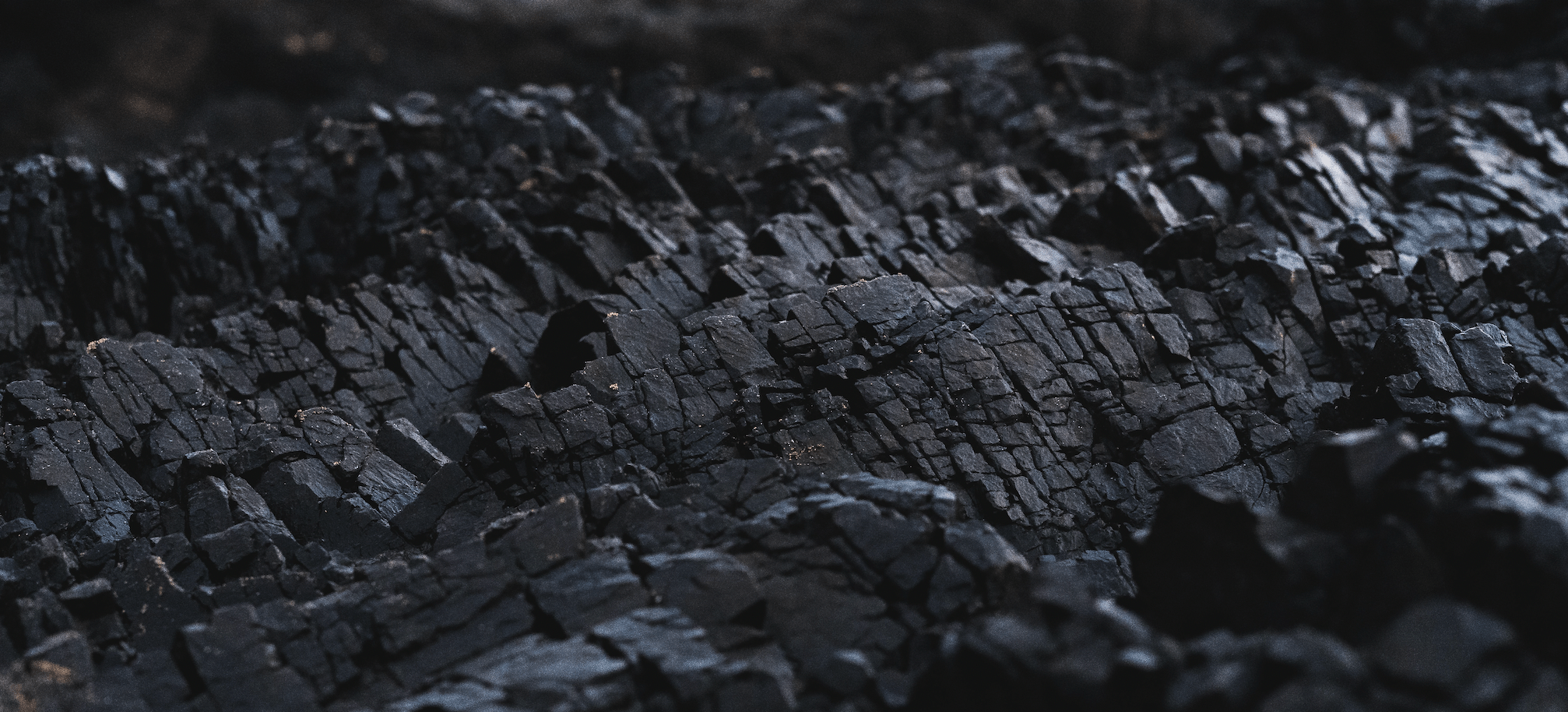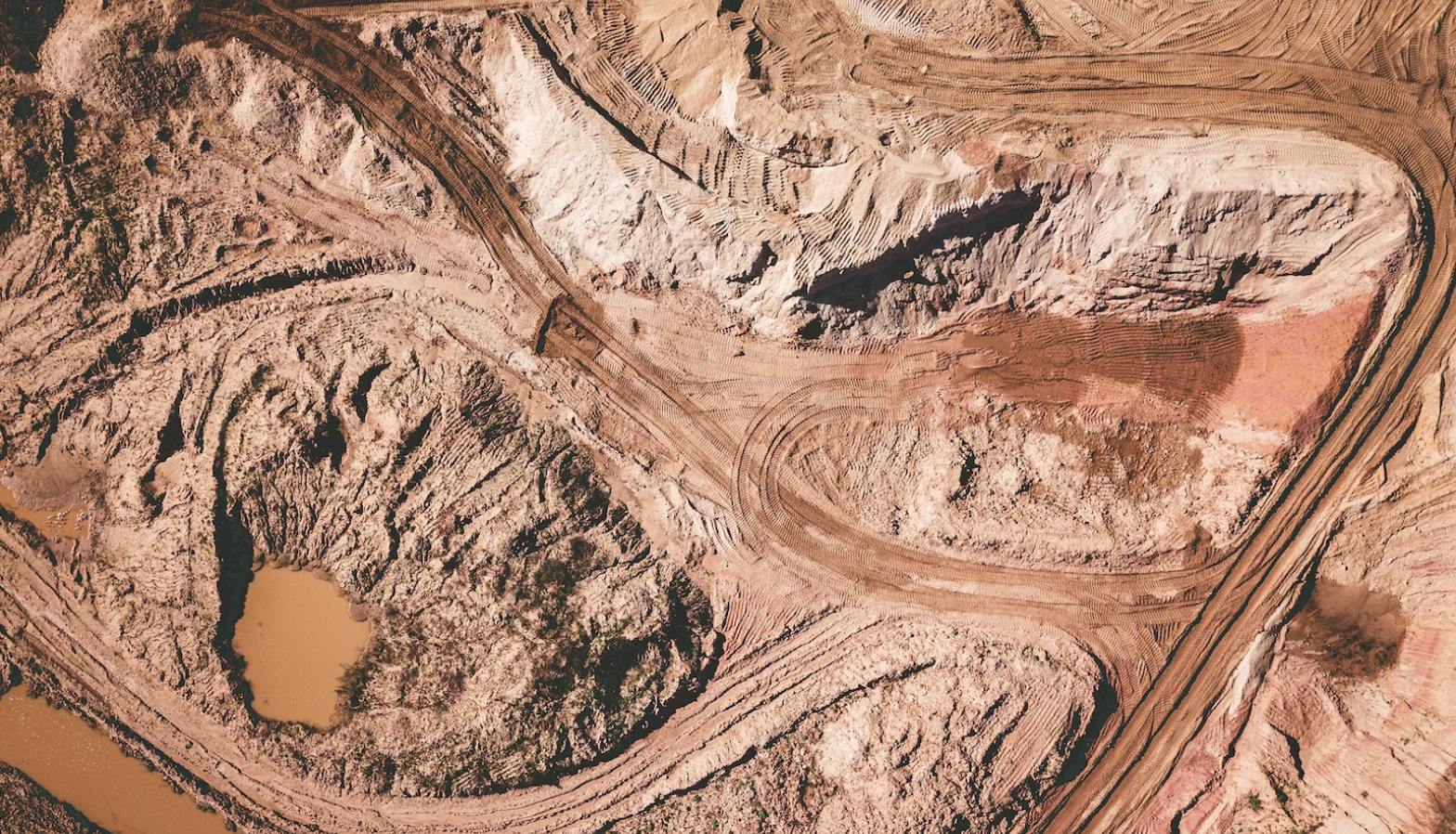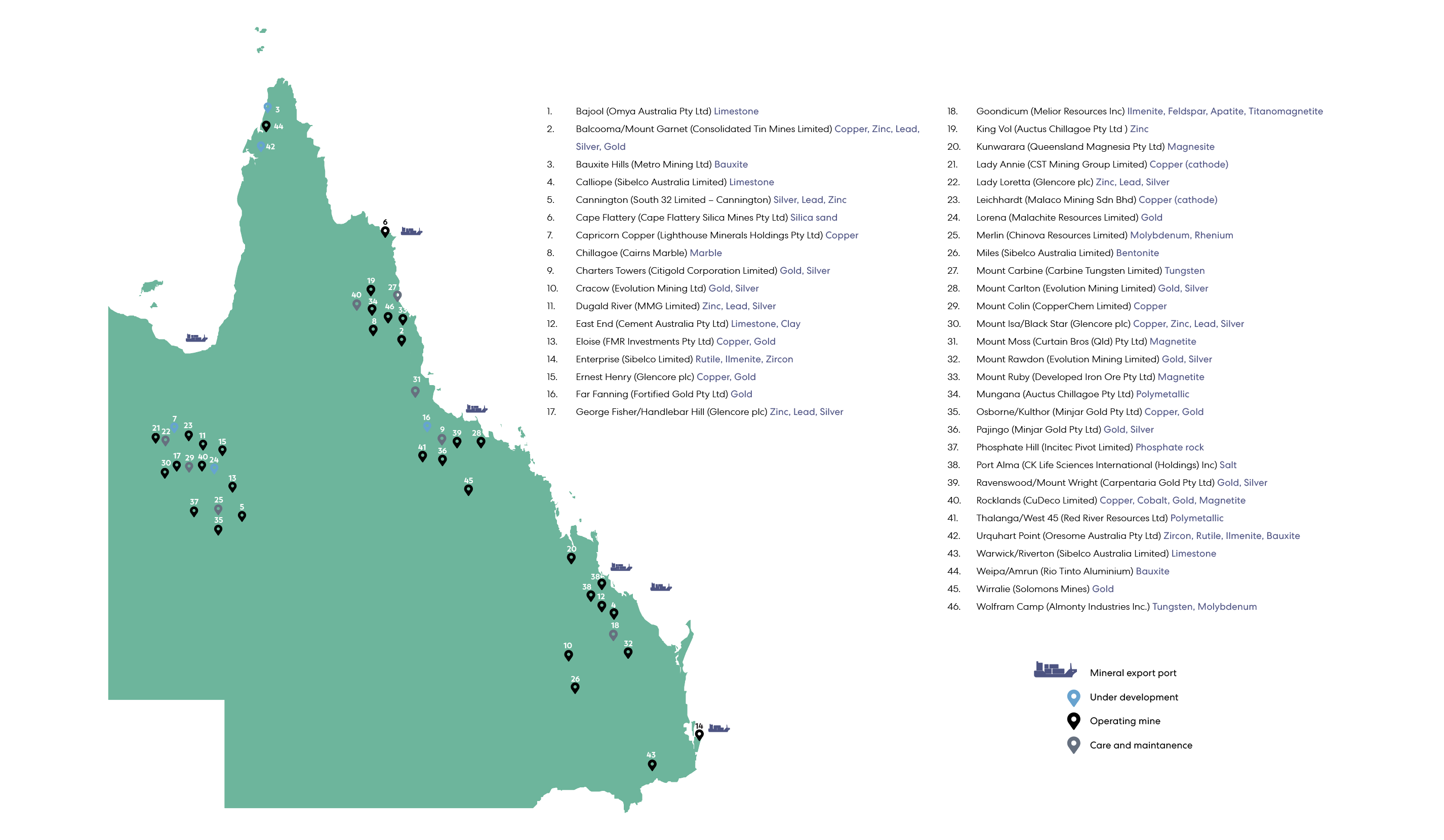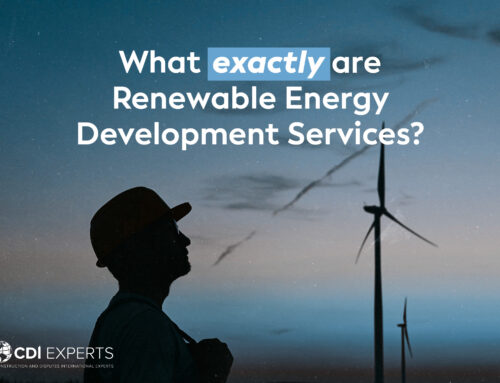Written by
Cooper Geyer
Published
14 June 2023
Queensland, Australia’s second-largest state, boasts a vast expanse of land that is rich in mineral resources. From critical minerals used in emerging technologies to traditional commodities that drive global industries, Queensland plays a significant role in the mineral sector. In this article, we will explore Queensland’s biggest minerals and delve into their importance for the state’s economy and the global market.
Metallurgical Coal
Queensland is renowned for its high-quality metallurgical coal, which is essential for steel production. This type of coal, also known as coking coal, is used in blast furnaces to produce coke, a critical ingredient in the steelmaking process. Queensland’s metallurgical coal exports have experienced steady growth due to the strong demand from steel-producing nations, particularly in Asia.
Thermal Coal
Thermal coal, another key product of Queensland’s coal industry, is primarily used for electricity generation. With vast deposits located in the state, Queensland contributes significantly to the global thermal coal supply. While there is an increasing global focus on transitioning to cleaner energy sources, thermal coal continues to play a role in meeting the growing energy demands of emerging economies.

Bauxite
Queensland is home to substantial bauxite deposits, particularly in the Cape York Peninsula region in Far North Queensland. Bauxite, the primary ore for aluminum production, is in high demand globally, driven by the growing manufacturing and renewable energy sectors. Queensland’s bauxite resources contribute significantly to Australia’s overall aluminum production.
Cadmium, Copper, Gold, and Nickel
Queensland’s North West and North East mineral provinces host several minerals crucial to the new economy. Cadmium, copper, gold, and nickel are in high demand for various applications, including renewable energy technologies, consumer devices, and scientific research. These minerals support Queensland’s contribution to the global supply chain and drive economic growth in the region.
Magnesite, Selenium, Tantalum, Tungsten, Zinc, and Zirconium
Queensland’s mineral wealth extends to other critical minerals such as magnesite, selenium, tantalum, tungsten, zinc, and zirconium. These minerals have diverse applications, including aerospace, electronics, energy storage, and advanced manufacturing. Queensland’s reserves of these minerals position the state as a key player in meeting the world’s growing demand for advanced technologies.
Figure 1: Queensland’s significant mineral mines locality map
Government Support and Innovation
Recognising the importance of critical minerals for the global transition to renewable energy technologies, the Queensland State Government has developed a strategic plan to guide research and development priorities in the mineral sector. The government also identifies investment opportunities in the North West and North East mineral provinces. Several centers of excellence and innovation hubs, such as The University of Queensland’s Sustainable Minerals Institute and the Resources Centre of Excellence in Mackay, support the growth and development of Queensland’s critical minerals sector.
Incentives and Opportunities
To encourage exploration and development of ‘new economy’ minerals, Queensland offers various incentives and support. The Industry Partnership Program, with a significant investment of A$350 million over four years, promotes growth and job creation across priority sectors, including advanced manufacturing and resource recovery. Additionally, small businesses can access support and services to foster growth and upskill employees. The state government provides resources and programs to facilitate trade and investment, including growth-stage capital through the Backing Queensland Business Investment Fund.
Uranium Potential?
From 1989 to 2012, uranium mining was banned in the state. During this period, concerns about nuclear energy, radioactive waste management, and potential environmental impacts influenced the decision to halt uranium mining activities.However, in 2012, the ban on uranium mining was lifted by the Newman government. The decision to repeal the ban was driven by a growing interest in nuclear power as a cleaner energy alternative and the potential economic benefits associated with uranium mining and export. Following the repeal, several exploration and mining companies showed interest in Queensland’s uranium deposits, and there were discussions about the state’s role in supplying uranium for both domestic and international nuclear energy markets. However, the dynamics changed once again in 2015 when the Palaszczuk government announced its intention to reinstate the ban on uranium mining. The Queensland government and regulatory bodies have established strict regulations and protocols to ensure responsible uranium exploration, mining, and export practices while taking into consideration safety, environmental protection, and community engagement. The potential growth of Queensland’s uranium sector will depend on various factors, including domestic and global energy policies, technological advancements in nuclear power, and public acceptance of nuclear energy as part of the state’s energy mix.

Case Study: The Saint Elmo Vanadium Mine
The A$470 million Saint Elmo vanadium mine project in Queensland’s North West region exemplifies the state’s commitment to critical minerals. The project, developed by Queensland-based exploration and mining company Multicom, focuses on producing vanadium pentoxide and alternative vanadium-based products. Vanadium finds applications in high-strength steel production and grid-scale batteries, supporting the renewable energy sector.

Queensland’s mineral industry is a driving force behind the state’s economy and its contribution to global markets. With abundant resources of bauxite, cadmium, copper, gold, nickel, and various critical minerals, Queensland plays a vital role in meeting the demand for new technologies and driving the transition towards renewable energy. The government’s strategic plan, support programs, and innovative research centers further foster the growth of the critical minerals sector, ensuring Queensland remains a key player in the global mineral market. Learn more about our work in natural resources here.






